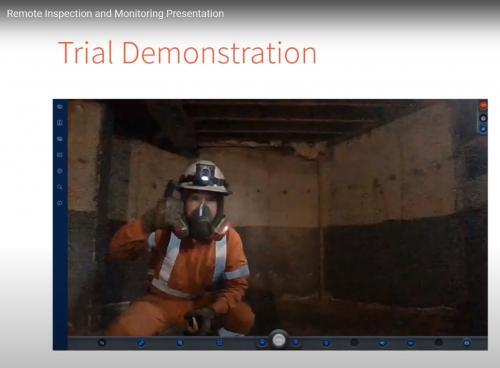
MUGA: For the Health of Your Heart
Chemotherapy for cancer can actually cause your heart muscle to weaken. A nuclear medicine test can tell the condition of your heart muscle according to Dr. Terry Ruddy, a Nuclear Cardiologist at the Ottawa Heart Institute.
Cardiotoxicity is the presence of toxins in the heart, which can cause the heart muscle to weaken. Chemotherapy, or the process of killing cancer cells with pharmaceuticals, can also cause damage to your heart. The risk of damage increases as the cycles of chemotherapy go up. For example, a patient who is starting their first cycle of chemotherapy will be at a lower risk for heart damage compared to a patient who is undergoing a fourth cycle of chemotherapy.
 “The heart always has blood in it” according to Dr. Ruddy. “Think of it as a balloon, it has a collection of blood or a blood pool. Blood goes in, fills the heart, heart squeezes and blood goes out into the body. When hearts get weak, it doesn’t pump as well so it pumps less blood out into the body.”
“The heart always has blood in it” according to Dr. Ruddy. “Think of it as a balloon, it has a collection of blood or a blood pool. Blood goes in, fills the heart, heart squeezes and blood goes out into the body. When hearts get weak, it doesn’t pump as well so it pumps less blood out into the body.”
According to Dr Ruddy, under normal conditions, the heart will empty about 50% of the blood inside of it into other parts of the body before refilling again. The portion of the blood that is emptied is known as an ejection fraction.
A test that can help to determine the health of your heart muscle is called MUGA. The term was trademarked by Siemens when it was introduced in the 1980s; it stands for multi-gated acquisition scan.
In the world of nuclear medicine the more popular term is RNA or radionuclide angiogram.
A MUGA looks at the pooling or collection of red blood cells.
The test takes pictures of the heart when the heart is filled with blood and again once the blood has been squeezed from the heart and into outlying areas. Then doctors calculate the difference.
Ruddy goes onto say, “We measure weakness or strength by this fraction. If you have a weak heart muscle with a low ejection fraction we call that heart failure. People with heart failure die within 5 years. Mortality is directly related to how low the fraction is. Lower the ejection fraction the higher the death rate.”
There is hope however for those with a weak heart. Medications can make a big difference and improve ejection fraction.
A device, known as an internal cardiac defibrillator can be placed into patients who have weak heart muscles. Wires extend from a battery pack that is inserted near the heart which can both help the heart beat more uniformly and see if the heart is beating irregularly. These devices can shock the heart from inside the body.
The Ottawa Heart Institute does about 1,000 tests per year to help determine a treatment course for those patients already diagnosed with weak hearts. Thanks to advances in technology, a MUGA can be administered with a lower radiation dose than in the past.
“It’s a Heart Institute first, says Ruddy. We have reduced the radiation by 50% for all our nuclear tests.”



